This article is brought to you by Datawrapper, a data visualization tool for creating charts, maps, and tables. Learn more.
Data Vis Dispatch, September 24
The best of last week’s big and small data visualizations
Welcome back to the 161st edition of the Data Vis Dispatch! Every week, we publish a collection of the best small and large data visualizations we find, especially from news organizations — to celebrate data journalism, data visualization, simple charts, elaborate maps, and their creators.
Recurring topics this week include Chinese strategies in the Indo-Pacific, German local elections, and chickadees.
We begin this Dispatch from the United Kingdom, where coal-fired power generation has come to an end, young women are surpassing young men in income, and underinvestment in housing and infrastructure is emerging as a critical issue.



Let’s shift our focus to China, specifically Chinese strategies to expand its influence over island nations like Sri Lanka and the Solomon Islands, as well as its control over its own population by banning independent AI platforms:


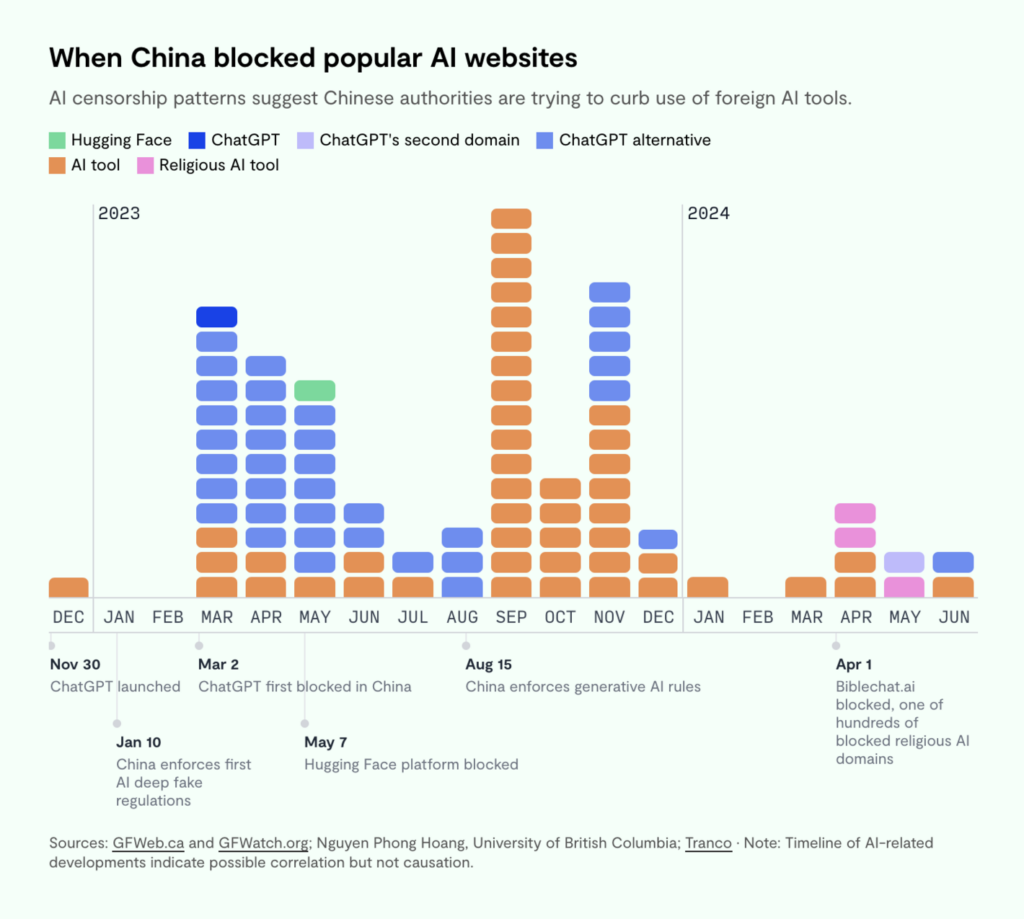
In Germany, the news is buzzing after recent state elections in Brandenburg, and so are the visualizations. Again, the far-right AfD party saw significant voter gains, while the center-left SPD is barely holding on:


Detailed analyses mapped party strongholds to constituencies and analyzed demographic voting patterns:


In Hungary, the government continues to present migration as an important issue, even when reality doesn’t back them up. In the U.S., the focus was on the personal wealth of the candidates:


We continue with a kind of analysis that’s been playing an important role in international politics (and literature!) —speech analysis:

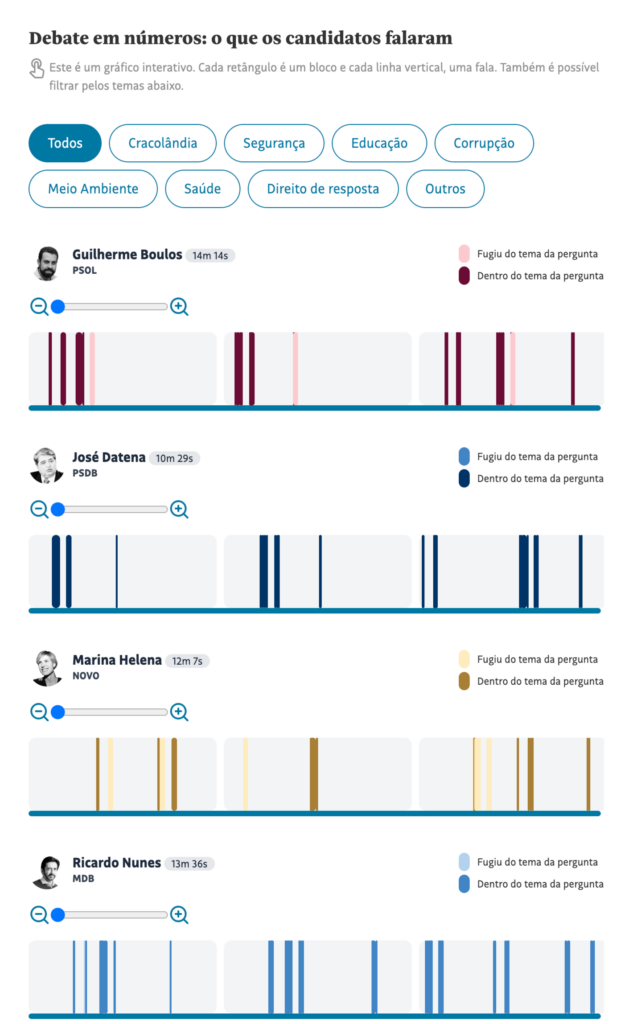

From tragic tales of love to U.S. Fed rate cuts — there couldn’t be a smoother transition. With the recent drop in interest rates, U.S. loans and mortgages are expected to decrease, with hopes that inflation stays in check too. Plus, a look at interest rates outside the U.S.:


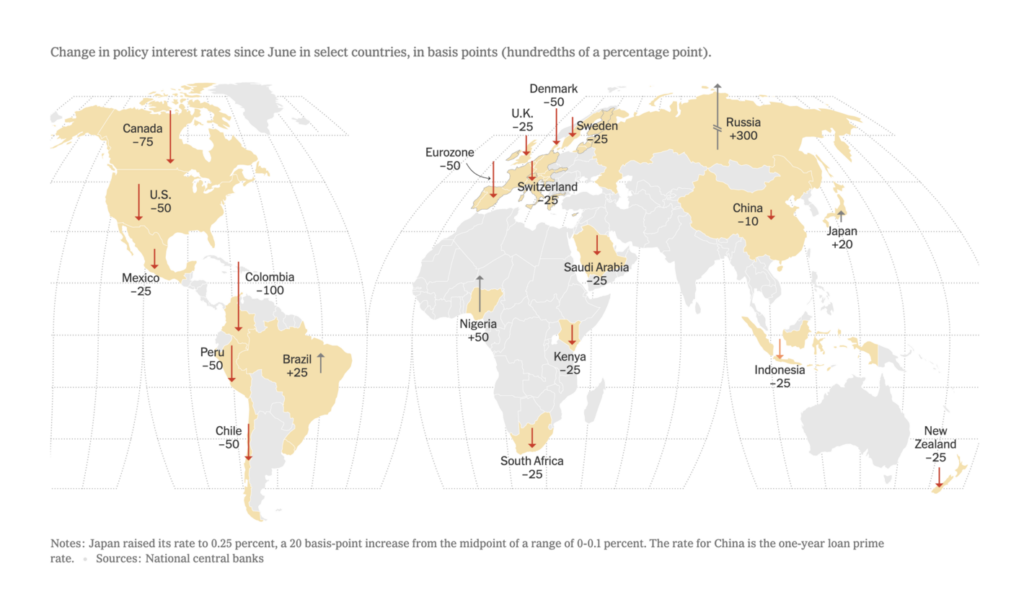
There are floods happening all over the world right now:
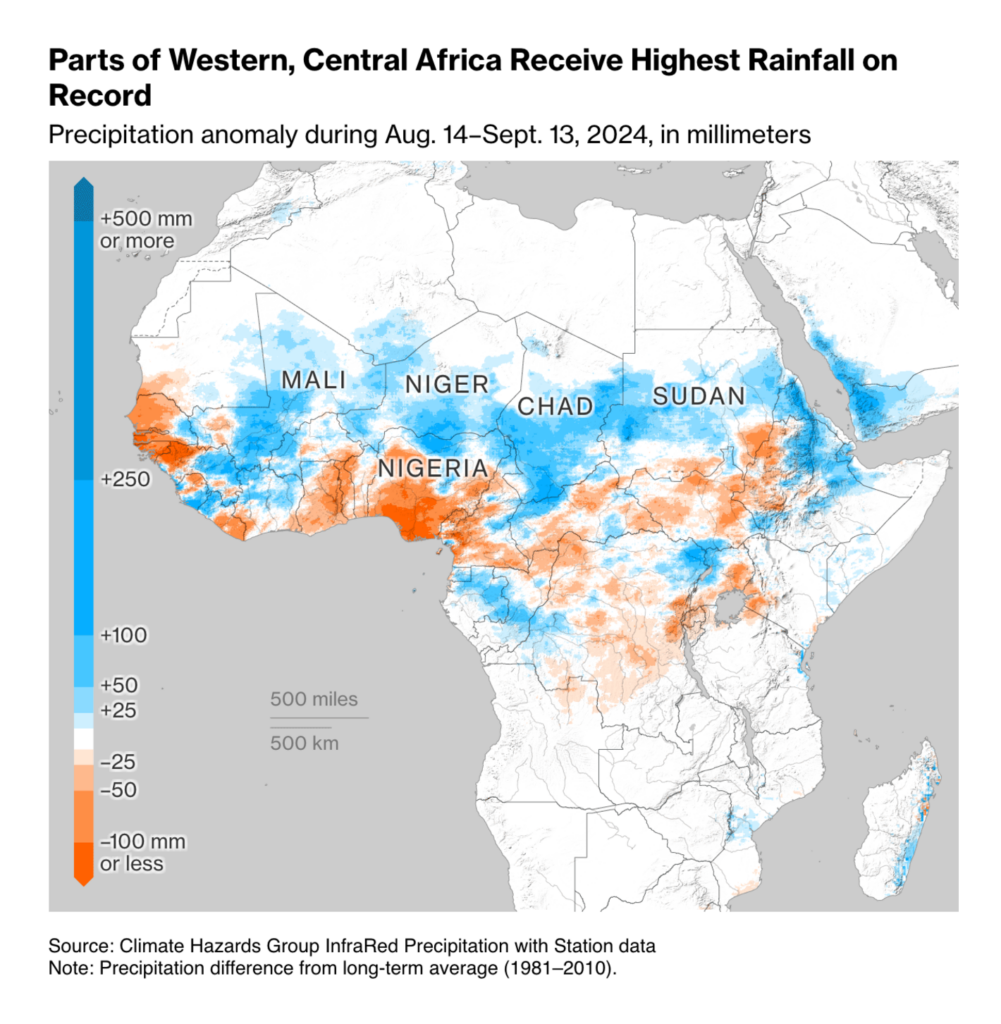

This week we came across two small multiple column charts dealing with the spread of disease. In one, special mosquitoes have been deliberately released in Malaysia to prevent the transmission of dengue fever to humans. In the other, there is concern that drug-resistant bacteria and viruses are on the rise:

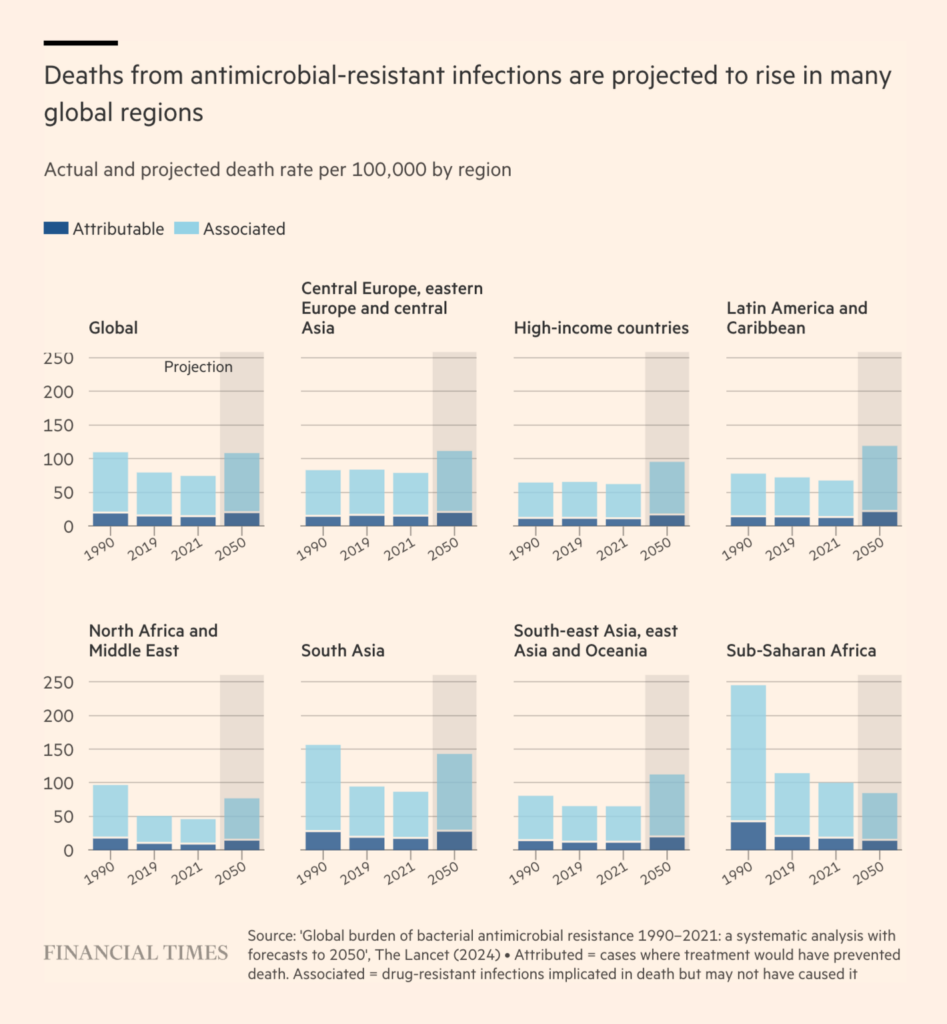
Work is an important part of life — we may even find love there:


Two maps to end this dispatch, on Russian drone flight paths in Ukraine and the hybrid zone of the chickadees:


What else we found interesting



Applications are open for…
- A data designer at the BBC
Help us make this dispatch better! We’d love to hear which newsletters, blogs, or social media accounts we need to follow to learn about interesting projects, especially from less-covered parts of the world (Asia, South America, Africa). Write us at hello@datawrapper.de or leave a comment below.
Want the Dispatch in your inbox every Tuesday? Sign up for our Blog Update newsletter!




Comments